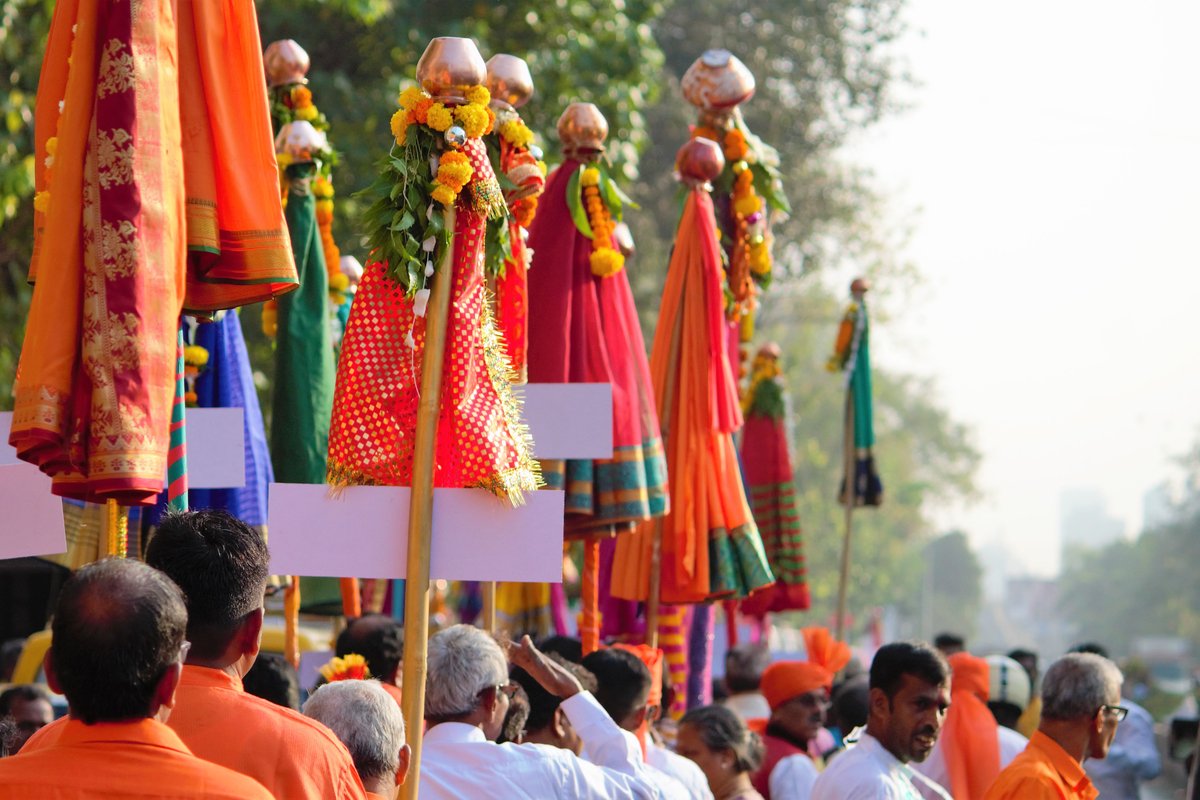
1. Ugadi & Gudi Padwa (March-April)
- Where: Andhra Pradesh, Telangana, Karnataka (Ugadi); Maharashtra, Goa (Gudi Padwa)
- Significance: These festivals mark the beginning of the Hindu lunisolar calendar’s Chaitra month. People celebrate by decorating their homes, preparing special dishes, and engaging in prayers.

- 2. Baisakhi (April 13 or 14)
- Where: Punjab and Northern India
- Significance: Baisakhi is the Sikh New Year and also commemorates the formation of the Khalsa in 1699 by Guru Gobind Singh. It is also a harvest festival for farmers.
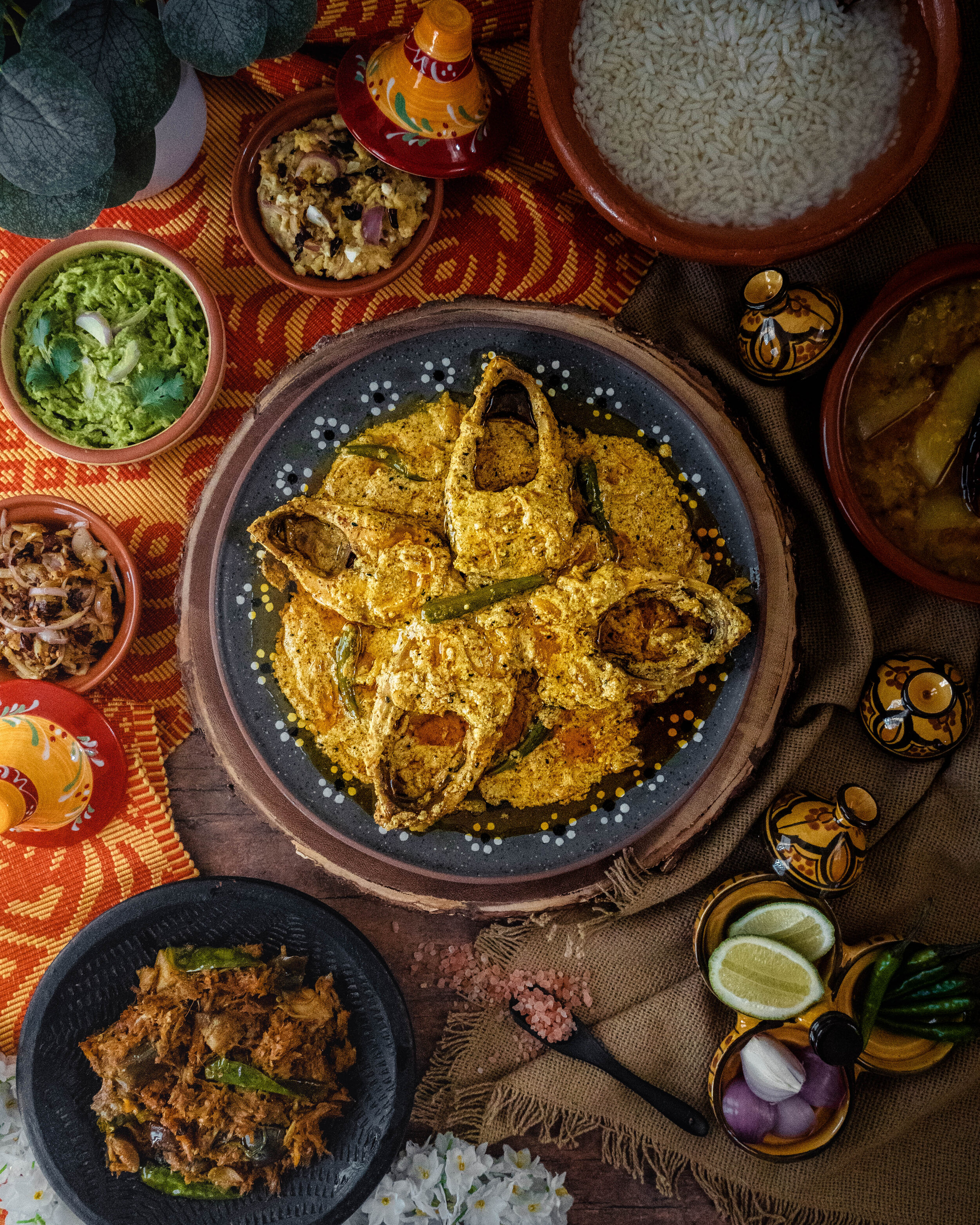
- 3. Pohela Boishakh (April 14 or 15)
- Where: West Bengal, Bangladesh, Tripura, Assam (Baro Boishakh)
- Significance: The Bengali New Year follows the lunisolar calendar and is a time for fresh beginnings, business renewals, and cultural festivities.
- Tradition: People wear traditional attire, visit temples, and enjoy fairs while indulging in delicacies like Panta Bhat and Mishti.
4. Vishu (April 14 or 15)
- Where: Kerala
- Significance: Vishu marks the Malayalam New Year and symbolises prosperity. The day is believed to bring luck based on the first sight (Vishukkani) in the morning.
- Tradition: People arrange auspicious items like fruits, flowers, and gold in front of a deity and offer prayers, followed by feasting and firecrackers.
5. Puthandu (April 14 or 15)
- Where: Tamil Nadu
- Significance: Puthandu, the Tamil New Year, marks the beginning of the Tamil calendar. It is celebrated with prayers, feasts, and family gatherings.
- Tradition: Special dishes like ‘Mangai Pachadi’ are prepared, symbolising different emotions and experiences of life.
6. Bohag Bihu (April 14-20)
- Where: Assam
- Significance: Bohag Bihu or Rongali Bihu marks the Assamese New Year and is also a harvest festival.
- Tradition: Celebrated with dance, music, and feasting, it is a time for merriment and new beginnings.
7. Navreh (March-April)
- Where: Kashmir
- Significance: Navreh is the Kashmiri Pandit New Year, following the Saptarishi calendar. It marks a sacred beginning with prayers and rituals.
- Tradition: Devotees prepare a sacred thali (plate) with rice, curd, and flowers and seek blessings for a prosperous year.
8. Cheti Chand (March-April)
- Where: Sindhi Community
- Significance: Cheti Chand is celebrated by Sindhis as their New Year, honouring the birth of their patron saint, Jhulelal.
- Tradition: Devotees perform rituals, take out processions, and engage in community feasts.
9. Muharram (Islamic New Year - Dates Vary)
- Where: Observed by Muslims across India
- Significance: The Islamic New Year marks the beginning of the lunar Hijri calendar. For Shia Muslims, it is also a time of mourning for Imam Hussain, the grandson of Prophet Muhammad.
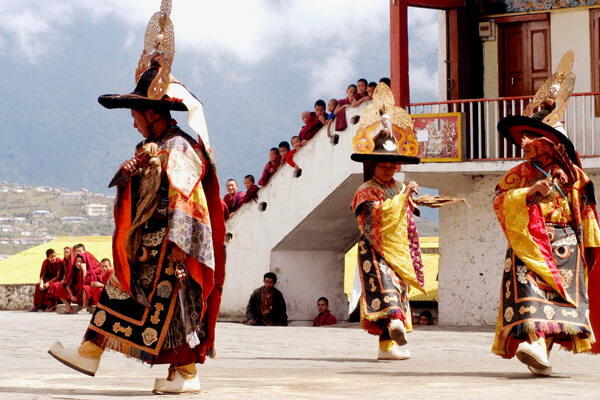
- 10. Losar (February-March)
- Where: Ladakh, Arunachal Pradesh, Himachal Pradesh
- Significance: The Tibetan Buddhist New Year, Losar, is a time of celebration and prayers for peace and prosperity.
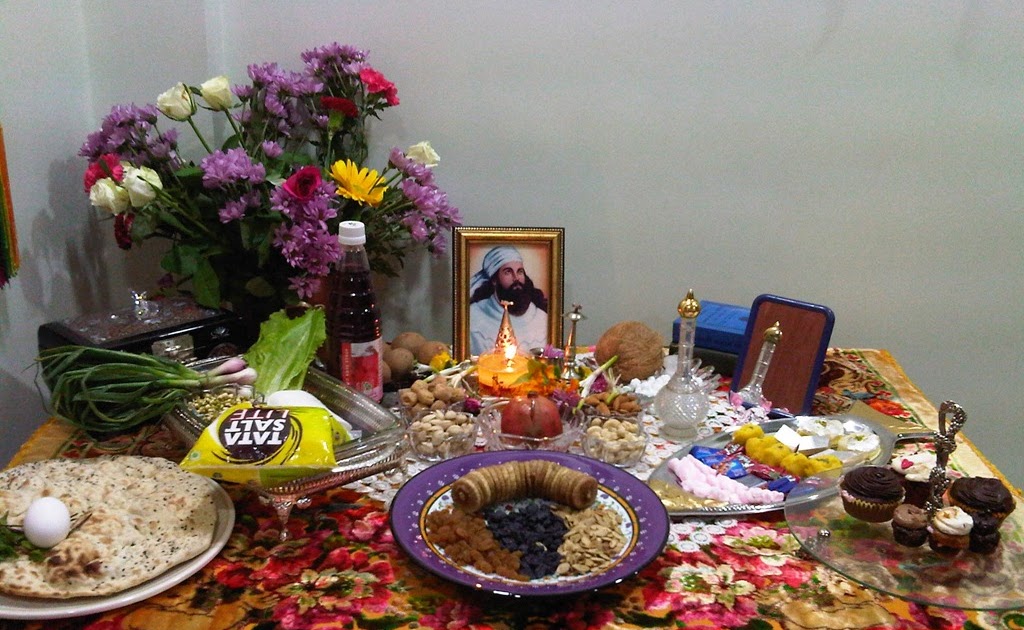
- 11. Parsi New Year - Navroz (August)
- Where: Parsi Community across India
- Significance: Navroz is celebrated by the Zoroastrian community as the start of their new calendar year.
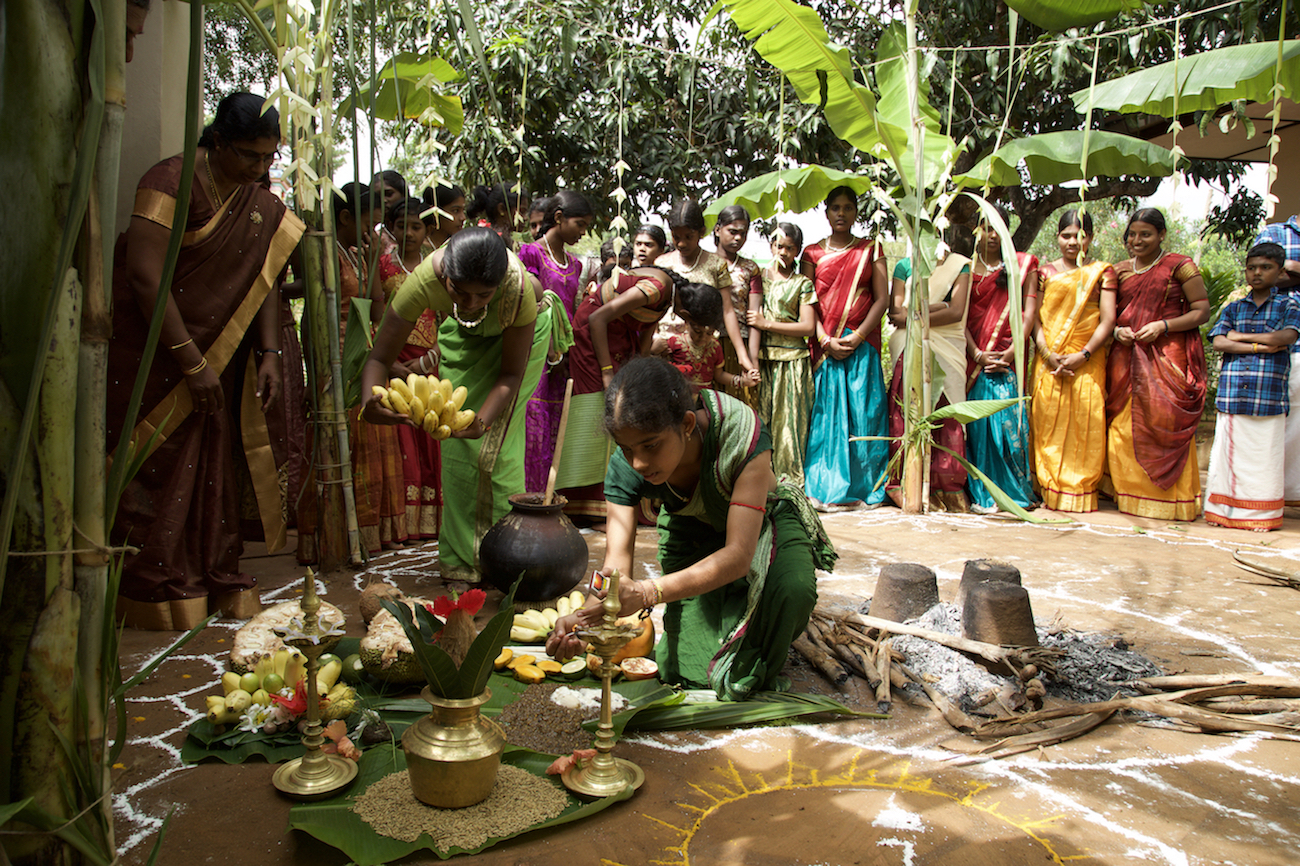
- 12. Thai Pongal (January 14-17)
- Where: Tamil Nadu and Sri Lanka
- Significance: Thai Pongal is both a harvest festival and a New Year celebration for Tamil communities.
- Tradition: Families prepare a sweet rice dish called Pongal, offer prayers to the Sun God, and spend time with loved ones.